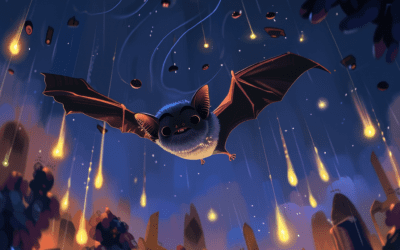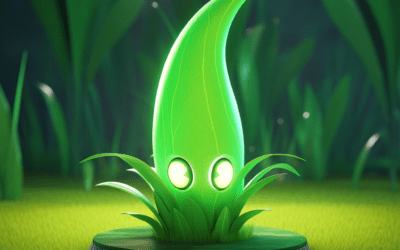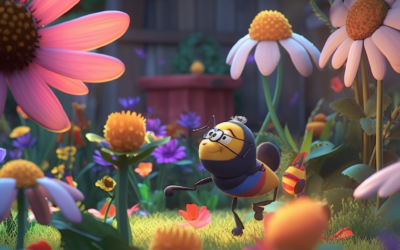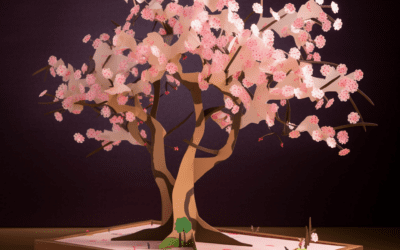Title: Fall Foliage: Why Do Leaves Change Color in the Fall?
Fall Foliage: Why Do Leaves Change Color in the Fall?
Fall foliage: Every year, as summer comes to an end and we move into autumn, the leaves of many trees transform into a breathtaking array of vibrant colors. This astonishing phenomenon, nature’s way of preparing for winter, has captivated people for centuries. But have you ever wondered why leaves change color in the fall? Let’s dive into the science behind this magical transformation.
Chlorophyll: One of the main factors contributing to the colorful fall foliage is chlorophyll. Chlorophyll is the pigment responsible for making leaves green and is crucial for photosynthesis—the process by which plants convert sunlight, carbon dioxide, and water into energy. During the summer, chlorophyll production is at its peak, giving leaves their lush green appearance.
Sunlight, temperature, and daylight hours: As we approach fall, three key environmental cues influence the changing colors of leaves: sunlight, temperature, and daylight hours. Shorter days and cooler temperatures signal deciduous trees, which shed their leaves annually, to prepare for winter dormancy.
Carotenoids: Alongside chlorophyll, leaves also contain pigments called carotenoids, which produce yellow, orange, and brown colors. These pigments are present in leaves throughout the year but are masked by the dominant green chlorophyll during the summer months.
Anthocyanins: However, the most remarkable autumn colors—reds, purples, and vibrant oranges—are the result of a different group of pigments called anthocyanins. Unlike chlorophyll and carotenoids, which are present in leaf cells throughout the year, anthocyanins are actively produced within the leaves as fall approaches. Their production is triggered by changes in temperature and sunlight, causing leaves to reveal their dazzling red hues.
Leaf pigments: As autumn progresses, the levels of chlorophyll in the leaves begin to decrease. This gradual breakdown unmasks the carotenoids and anthocyanins, resulting in the stunning display of fall colors. Some trees, such as maple, produce more anthocyanins, leading to vibrant red foliage, while others, like birch and aspen, display yellows and golds due to higher carotenoid concentrations.
The Science Behind Leaf Color Change
Cellular changes: As leaves prepare to fall, the tree redirects valuable nutrients from the dying leaves back into its branches and trunk, sealing off the connection between the leaf and the rest of the tree. This process forms a layer of cells at the base of each leaf stem known as the abscission zone. These cells weaken and eventually break, causing the leaf to fall off.
Leaf senescence: Prior to their fall, leaves undergo senescence, a natural aging process. During senescence, the tree reabsorbs useful components from the leaf, such as nitrogen and phosphorus, storing them for future use. This recycling not only helps the tree conserve resources but also contributes to the chemical changes in the leaf that lead to its beautiful autumn colors.
Geography and climate: The timing and intensity of fall foliage vary based on geographic location and climate. In regions with high altitude or cooler climates, color changes tend to occur earlier and more rapidly. Conversely, in areas with milder climates, it can take longer for leaves to change color, and the display may be less vivid.
Enjoying the Fall Foliage
Fall foliage is a beloved spectacle for many, and people across the globe eagerly anticipate the arrival of autumn to witness this annual natural wonder. From strolls through tree-lined parks to scenic drives through countryside landscapes, there are numerous ways to enjoy the vibrant colors of fall.
So, the next time you see leaves changing color during the fall season, remember the fascinating science behind this incredible transformation. Nature’s magnificent display of fall foliage is a testament to the beauty and wonder of the world around us.
Fall foliage: Why do leaves change color in the fall? Now you know the secret behind this natural phenomenon that fills our surroundings with splashes of red, orange, and gold!












